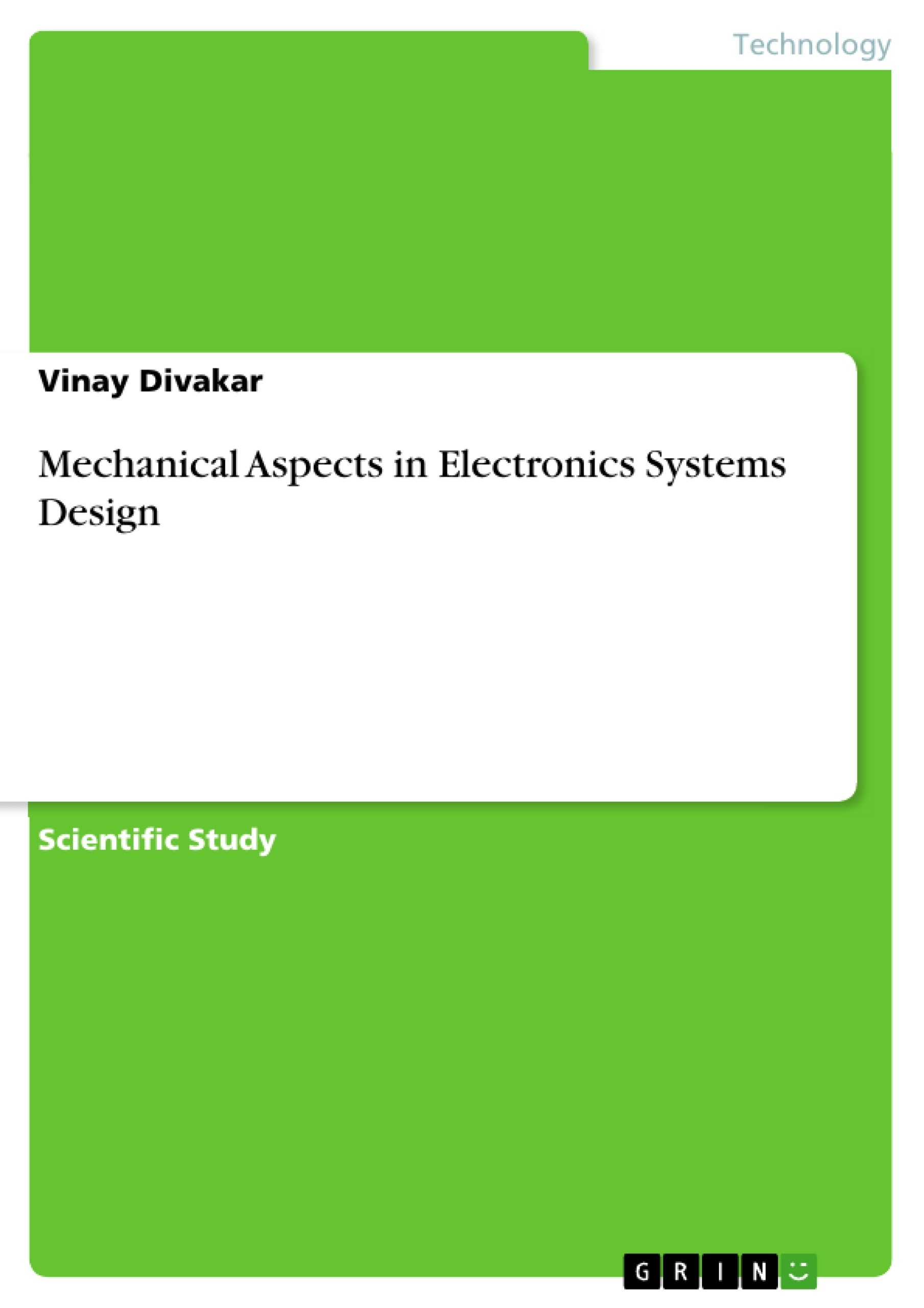In chapter 1, the present research carried on the mature laser technology i.e. GaAs, in order to improve its efficiency. The packaging principle used for receivers can be applied for the packaging of the laser driver circuit and the laser source in a single module. The concept of FRACAS (Failure Reporting, Analysis and Corrective Action System) has been described and failure analysis technique for Electrical overstress (EOS) is described. An industrial approach to calculating the reliability of a system with some known data is described. Some challenges with respect to packaging has been discussed in detail and some methods to overcome challenges such as lattice mismatch has been described.
Every electronic components or electronic systems have certain specifications based on which it is developed and all components have datasheets of their own. The datasheets consists complete details related to the product such as product design specifications, packaging type, power ratings, dimensions etc. Any components can be selected for a particular application by referring their datasheets. In chapter 2, a datasheet for a DC power supply has been developed covering most of the important details that may be needed for designing and modeling using software tools. The schematic of the power supply is developed and practical tests are performed on the power supply, which has been described in details with the test results. The power supply has four interfaces and the functionality and usability of these interfaces has been shown and described in detail.
Before the large scale manufacturing and production of any product, it is necessary to conduct two basic tests i.e. Thermal analysis and vibration tests for any given product. These tests help us to get an insight to the reliability of the product. In chapter 3, the power supply is modeled using the software tool ICEPACK v13, using which thermal analysis is performed on the critical components and the temperature variation curves along with the simulation results has been discussed. The method of casing used for the power supply for modeling and the types of conventions i.e. natural and forced convention systems has been compared and discussed. An experimental set up used for performing vibration testing on the power supply has been demonstrated and described in detail.
Inhaltsverzeichnis (Table of Contents)
- Abstract
- List of Tables
- List of Figures
- CHAPTER 1
- Opto-electronics packaging and Failure Analysis Methodologies
- Recommendations for Opto-electronics packaging design
- Recommendations for Failure Analysis Technique
- Merits and Demerits of Packaging design and failure analysis techniques
- Essential modifications for the improvement and realization of the product.
- Conclusion
- CHAPTER 2
- Datasheet development and testing of an electronic product
- Development of data sheet for Linear Power Supply
- Product Design Specifications
- Brief Introduction to the DC power supply
- Packaging Details
- Dimensions of the system
- Min/Max current, voltage and power ratings
- Schematic Development
- Interfaces Available
- Components details with Cost and Availability
- Test set up and results
- Conclusion
- CHAPTER 3
- Thermal Analysis and Vibration testing of the DC power supply.
- Thermal variation of critical components and spacing between the critical components.
- Design of casing for power supply and its geometrical parameters
- Design, Modeling and Simulation of mechanical casing for power supply using ICEPACK
- Optimized solution for mechanical casing design to meet the thermal variations.
- Experimental set up to carry out vibration analysis for the power supply.
- Conclusion
- Module Learning Outcomes
- Summary
- REFERENCES
Zielsetzung und Themenschwerpunkte (Objectives and Key Themes)
This work aims to explore the design, development, and testing of an electronic power supply, focusing on its mechanical aspects. The project aims to develop a comprehensive datasheet for the power supply, conduct thermal and vibration testing, and analyze the results to optimize the design for improved reliability and performance.
- Opto-electronics packaging and failure analysis techniques
- Datasheet development for electronic products
- Thermal analysis and vibration testing of electronic systems
- Design optimization for reliability and performance
- Practical application of software tools for design and simulation
Zusammenfassung der Kapitel (Chapter Summaries)
Chapter 1 delves into the principles of opto-electronics packaging and failure analysis techniques, exploring best practices and recommendations for improving the design and reliability of these systems. Chapter 2 focuses on the development of a datasheet for a linear power supply, covering its design specifications, packaging details, and component analysis. The chapter also describes the power supply's schematic, available interfaces, and testing results. Chapter 3 examines the thermal and vibration testing of the power supply. The chapter outlines the modeling and simulation of the power supply's casing using ICEPACK software and discusses the results of thermal analysis. It also details the experimental setup for vibration testing and the analysis of results.
Schlüsselwörter (Keywords)
This research focuses on opto-electronics packaging, failure analysis, datasheet development, thermal analysis, vibration testing, power supply design, and mechanical aspects of electronic system design. The work uses software tools like ICEPACK for simulation and analysis, exploring practical applications of engineering principles in the design and development of electronic products.
- Quote paper
- Masters in Electronics Systems Design Vinay Divakar (Author), 2013, Mechanical Aspects in Electronics Systems Design, Munich, GRIN Verlag, https://www.hausarbeiten.de/document/279301


